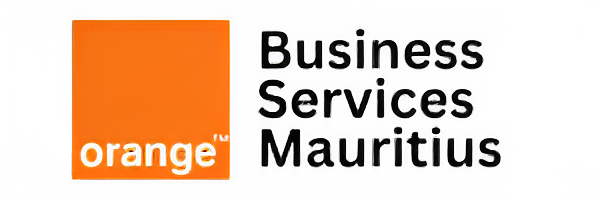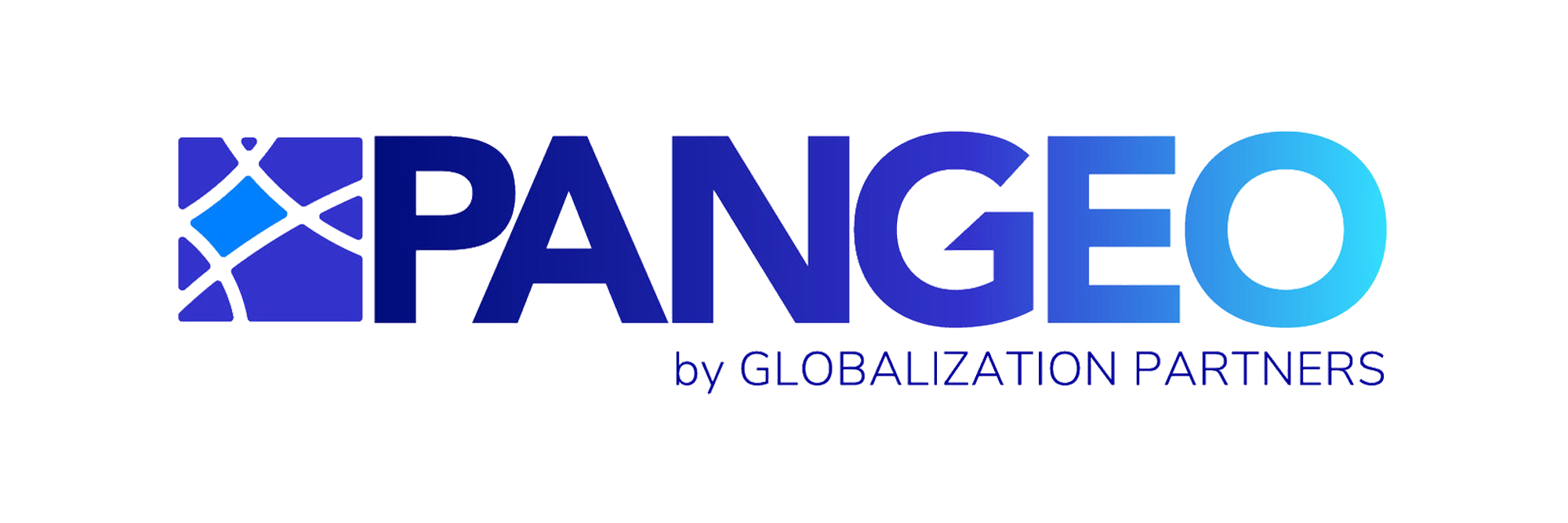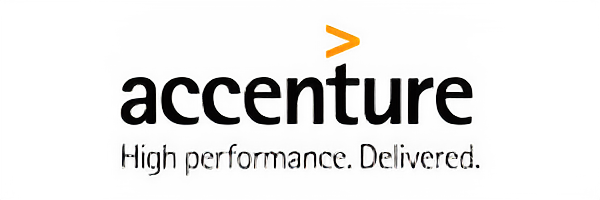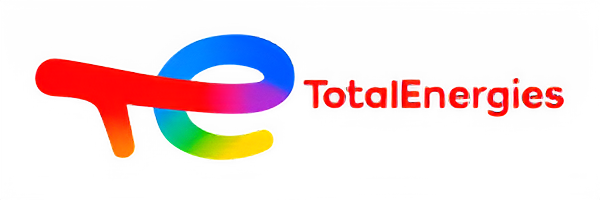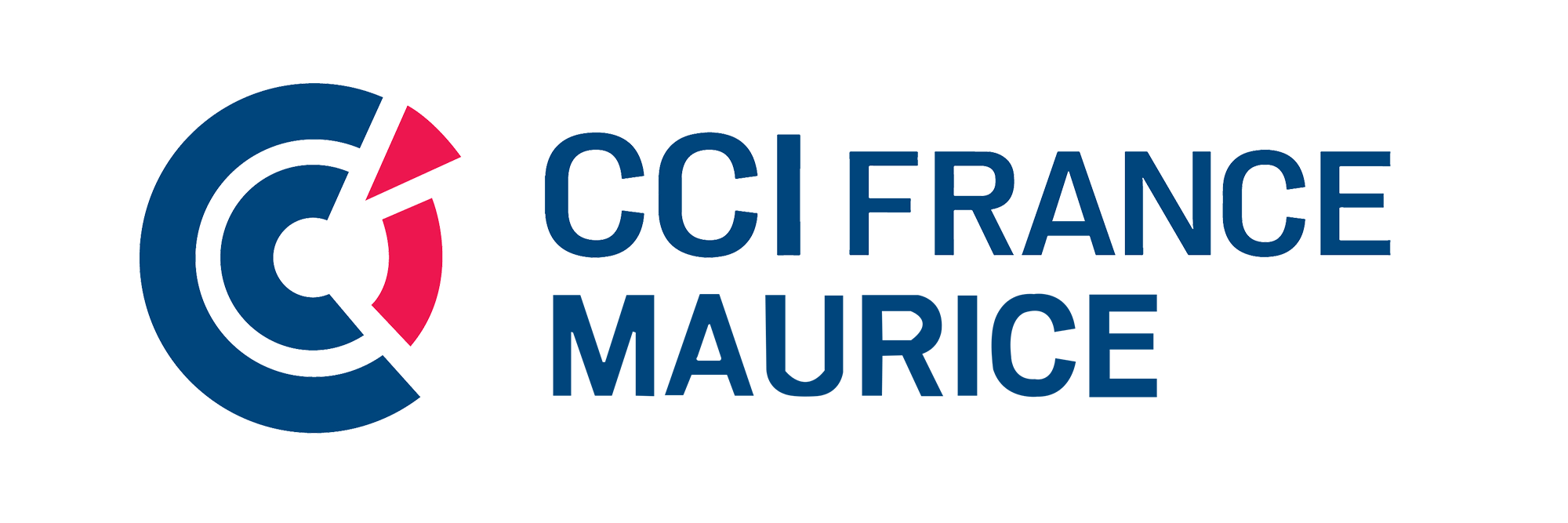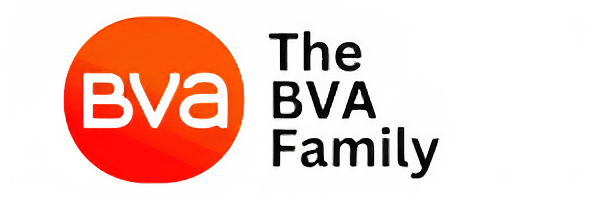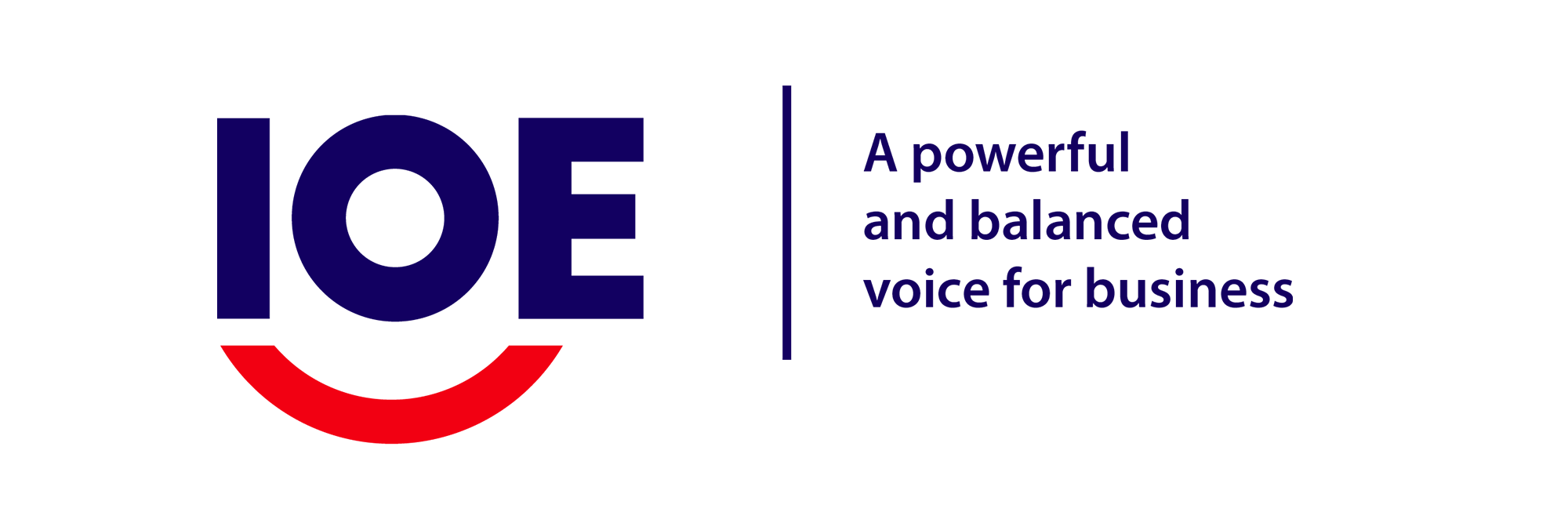Today, companies are increasingly looking for flexibility when hiring internationally. Two models dominate the remote work market: the EOR (Employer of Record) and freelancing. But which one should you choose based on your goals? You’re probably wondering: “Which is more profitable? Safer? Easier to manage?”
The answer depends on your HR strategy and the type of collaboration you want to establish. Freelancing is attractive for its speed and low upfront cost, while EOR stands out for its legal compliance and long-term stability. In this article, we compare both approaches to help you make an informed decision with data, real examples, and practical advice.
EOR vs Freelancing: What’s the Difference?
An EOR (Employer of Record) is a third-party provider that hires an employee on your behalf in another country, handling all legal compliance, payroll, and social obligations.
Freelancing, on the other hand, means working with an independent contractor without a formal employment contract.
In summary:
EOR = remote employer-employee relationship (local contract + legal compliance)
Freelance = independent service provider (commercial contract)
👉 In short: EOR offers stability and compliance, while freelancing focuses on speed and flexibility.
What Are the Advantages of the EOR Model?
The Employer of Record model is ideal if you want to build a long-term team while remaining compliant with local labor laws.
Key advantages:
Guaranteed legal compliance: The EOR handles all local obligations (taxes, social security, paid leave, etc.).
Smooth integration: EOR employees are part of your internal team.
Reduced legal risk: No risk of misclassification or employment litigation.
Global talent access: Hire in over 150 countries without creating a legal entity.
💡 Example: A French company wanting to hire a developer in Kenya can use an EOR like Breedj to sign a 100% legal contract without setting up a local branch.
According to a 2024 study by Globalization Partners, 78% of SMEs using EORs report a 40% average reduction in compliance-related costs.
Why Do Some Companies Prefer Freelancers?
Freelancing remains the fastest way to access on-demand or specialized skills.
Main advantages:
Total flexibility: Short-term projects, no long-term commitment.
Controlled costs: No social charges or employee benefits.
Fast recruitment: Through platforms like Malt, Fiverr, or Upwork.
Immediate expertise: Perfect for urgent needs (development, design, digital marketing).
💬 Example: A tech startup can hire a freelance designer for a two-month project without a formal employment contract.
⚠️ However, this freedom comes with drawbacks: less control, dependency risks, and low long-term engagement.
What Are the Risks of Each Model?
For the EOR model:
Higher monthly cost than freelancers (salary + social charges).
Less flexibility for short-term projects.
Dependency on the EOR provider for administrative management.
For freelancing:
Risk of reclassification if the relationship resembles employment.
No long-term availability guarantee.
Weaker integration with company culture.
No standardized quality control without internal processes.
👉 In short: freelancing is ideal for short-term needs, while EOR suits sustainable growth.
EOR or Freelancing: Which Should You Choose Based on Your Goals?
🎯 Goal 1: Start a project quickly → Freelancing
If speed and flexibility are your priorities, freelancing is your best bet. You can test a market or a profile without heavy commitment.
🧩 Goal 2: Build an international team → EOR
For a long-term strategy, choose an EOR. You’ll provide legal and stable conditions key for engagement and retention.
💸 Goal 3: Reduce costs while staying compliant → Hybrid EOR
Some companies combine both: freelancers for short-term projects, EOR for retaining top talent.
Quick Comparison: EOR vs Freelancing
| Criteria | EOR | Freelancing |
|---|---|---|
| Status | Employee (via EOR) | Independent |
| Duration | Long term | Short / Medium term |
| Legal compliance | ✅ Guaranteed | ❌ Client’s responsibility |
| Initial cost | 💰 Medium | 💸 Low |
| Commitment | High | Low |
| Integration | Strong | Limited |
| Best for | International expansion | One-off projects |
Case Study: How an SME Transformed Its Model with EOR
A French IT SME wanted to hire developers in Senegal. Instead of managing multiple freelancers, it chose an African EOR.
Results after 12 months:
A team of 8 integrated developers
35% cost reduction compared to hiring in France
Zero legal risk thanks to local contracts
The company shares:
“With EOR, we found the perfect balance between cost control and employee commitment. It’s like having an in-house team just remote.”
Freelancing remains the best option for fast and flexible missions, while the EOR model is the go-to for building solid, compliant, and engaged international teams.
Ultimately, the choice depends on your long-term vision: do you just want to delegate tasks or build a global workforce?
👉 To learn more, discover how an EOR partner like Breedj can help you hire and manage your international talent with full compliance.

